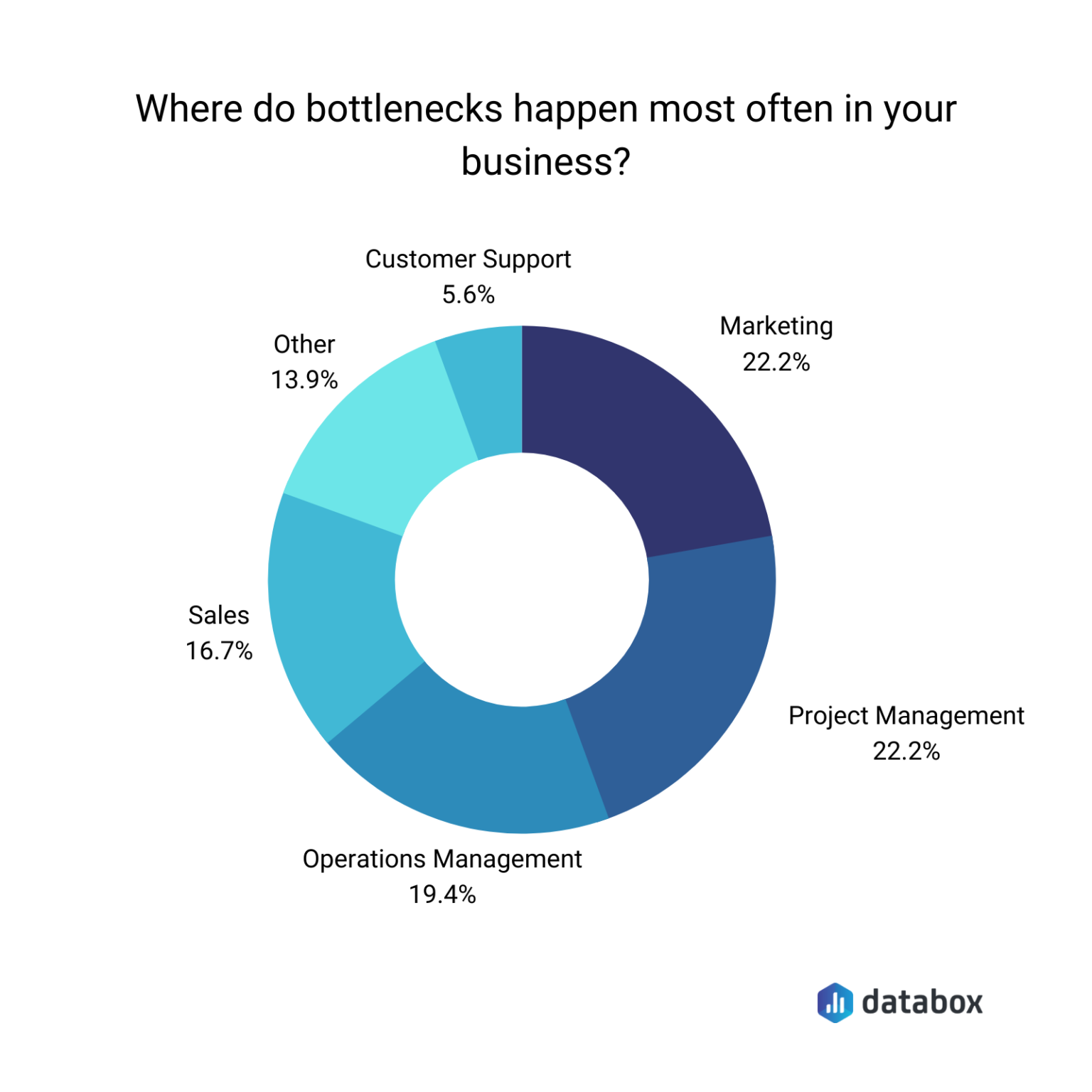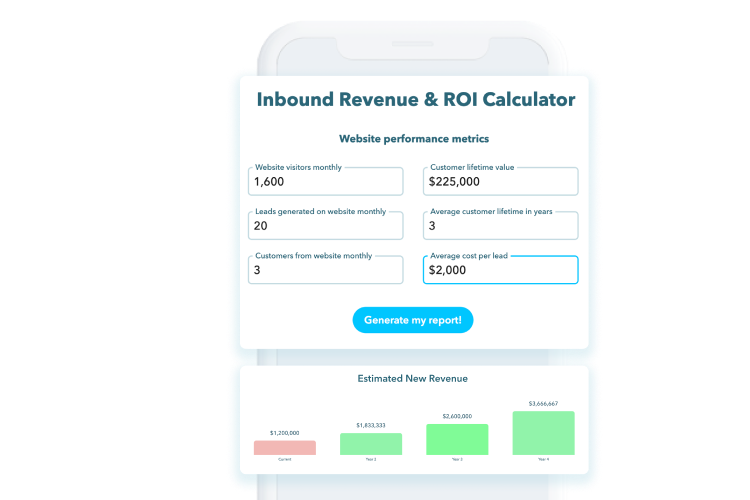 1,700 views
1,700 views December 19, 2024
December 19, 2024 3997 Views
3997 Views  7 min read
7 min readAn alarming 83% of marketing professionals reported experiencing burnout, the highest rate among all corporate functions. This unnerving statistic highlights the unsustainable workload placed on many marketers, particularly in growth-stage companies where a one person marketing team is often tasked with single-handedly managing a wide range of responsibilities.
From content creation and social media management to email campaigns, performance analytics, SEO optimization, and brand strategy, these professionals are stretched thin, constantly switching between tasks and platforms. While the idea of a marketing “unicorn” who can seamlessly handle all these responsibilities is appealing, relying on a one-person marketing team is a risky gamble. It’s not a sign of efficiency but rather a potential liability that can jeopardize a company’s growth and success.
Many CEOs mistakenly believe that a single skilled marketer can manage all marketing responsibilities, from strategy and campaigns to design, paid media, analytics, and more. This creates an unrealistic expectation for the marketer to excel in multiple roles simultaneously.
The ‘super marketer’ allure lies in its seeming efficiency and cost-effectiveness—a single individual capable of handling all marketing responsibilities. Particularly for lean or early-stage companies, this multi-talented marketer, adept at strategy, execution, and creative tasks, appears to be a budget-conscious solution. It also streamlines management, establishing a single point of accountability and a clear set of outcomes.
This model can sometimes be effective in the short term, especially when a skilled generalist achieves initial success. However, these wins often conceal an unsustainable workload and pace. Eventually, the strain becomes evident. Even the most competent marketer will reach their limit without adequate support, potentially resulting in stalled growth and expensive turnover for the company.
Despite these risks, the myth of the ‘super marketer’ endures, driven by short-term thinking and the enticing notion that one exceptional hire can solve all marketing challenges.
While this approach may seem efficient and cost-effective initially, it relies on unsustainable workloads that result in burnout and decreased productivity. This model leads to missed opportunities, poor performance, and employee turnover, costing the business more in the long run.

When marketing professionals are placed in solo roles, they are confronted with constant demands. This can lead to a gradual emotional toll, first appearing as extended work hours and weekend “catch-up” sessions that become habitual. Physical exhaustion sets in as sleep quality declines and stress hormones remain elevated.
The most damaging effect is creative depletion—the core of effective marketing—as innovative thinking becomes impossible under the weight of tactical execution. Passion and drive are replaced by detachment and bitterness, and the marketer’s relationship to the brand they once championed becomes increasingly mechanical and distant.
Bottlenecks in business are clogs in the work pipeline that slow down daily production. When a single marketing professional is responsible for all strategic choices, creative direction, and technical implementation, decision fatigue and competing priorities become inevitable. This results in delayed email campaigns, inconsistent blog content, and reactive social media engagement, ultimately causing missed competitive opportunities and the inability to capitalize on market trends.
A Databox survey found that marketing and project management are the areas most prone to bottlenecks, with 22% of respondents identifying each as a primary concern.

The result of ongoing burnout and persistent bottlenecks is system failure, which manifests in three damaging ways. First, the employee may abruptly resign, leaving the company with minimal notice and incomplete knowledge transfer, making it difficult to maintain basic marketing functions.
Second, the employee may exhibit progressive underperformance, remaining employed but operating at a fraction of their capability, which leads to mediocre results and potential loss of market share.
Finally, and perhaps most harmful, marketing innovation may completely stall, strategic advancement may cease, and the department may be stuck in maintenance mode.
The organization will experience significant and widespread repercussions. Brand inconsistency will emerge as messaging loses cohesion, and marketing ROI will decrease due to less targeted campaigns and superficial data analysis. Fluctuating lead generation will further complicate sales forecasting and resource planning. Most importantly, growth targets will become increasingly unattainable. The company narrative will shift from expansion and possibility to constant recovery and adjustment, undermining investor confidence and team morale.
This is not simply an operational inconvenience but an existential threat to sustainable growth. Despite this, CEOs continue to structure their marketing departments as if these consequences are acceptable business risks.
CEOs play a crucial role in preventing burnout and promoting a healthy work environment. They control resource allocation and set the tone for how marketing is perceived within the organization. Their decisions determine whether marketing is adequately funded and viewed as a strategic asset or a mere expense. By prioritizing the well-being of their marketing team or in this case, the avoidance of the one person marketing team, CEOs can foster a culture of sustainability and ensure the long-term success of their company.
This attitude influences how marketing requests are handled and whether marketing insights are integrated into key business decisions. When CEOs delegate marketing oversight without grasping its intricacies, they foster an environment where unrealistic expectations become the norm, and burnout is unavoidable.
It’s crucial for companies to align their ambitious revenue goals with their marketing resources. CEOs often set growth targets that necessitate complex marketing strategies but fail to provide adequate marketing personnel to achieve these goals. This misalignment demonstrates a lack of understanding regarding the correlation between marketing investment and business outcomes. By investing in marketing in line with their growth goals, CEOs can ensure that their marketing department is equipped to drive the company’s success.
When CEOs endorse aggressive sales projections that rely on marketing-driven demand without increasing marketing resources, they are not practicing fiscal responsibility and creating unattainable goals. This disconnect impacts the marketing department and undermines the entire strategic planning process.
It’s important for CEOs to consider the long-term cost of short-term thinking in marketing. The substantial hidden costs overshadow the immediate budget savings from underinvesting in marketing. CEOs who choose a single marketer for cost reduction often overlook the expenses incurred due to: lost productivity during burnout, recruitment and onboarding from high turnover, knowledge gaps after sudden departures, and missed opportunities from delayed or abandoned marketing initiatives. By prioritizing immediate cost savings over a sustainable marketing structure, CEOs risk jeopardizing the company’s future growth and market position.
These setbacks have a compounding effect, progressively weakening brand positioning, customer relationships, and competitive advantage, which become increasingly costly to recover. Prioritizing immediate cost savings over a sustainable marketing structure not only affects current execution but also jeopardizes the company’s future growth and market position.
The initial step towards creating a sustainable marketing strategy is acknowledging that marketing consists of various specialized areas, each necessitating unique skills and approaches. Instead of seeking a non-existent all-in-one solution, progressive CEOs should begin by identifying essential marketing functions.
This role clarity allows companies to prioritize which functions are most critical at their current stage and which require the deepest expertise.
Each approach to building marketing capacity offers distinct advantages depending on business needs:
In-House Team provides deep company knowledge, cultural alignment, and real-time availability but requires significant salaries, benefits, and ongoing professional development investment.
Outsourced Solution offers specialized expertise, scalability, and lower fixed costs.
Hybrid Model combines core in-house marketing leadership with specialized external partners, balancing strategic control with flexible execution capacity. This approach lets companies to maintain critical marketing functions internally while leveraging outside expertise for specialized needs or overflow capacity.
As businesses expand and their market position shifts, it’s crucial for companies to consistently re-evaluate their marketing structure. CEOs can ensure that their marketing strategy is both sustainable and a competitive advantage by aligning their marketing resources with the company’s actual needs.
When marketing responsibilities are spread among a team with the appropriate skills, instead of just one person, creativity will be better in quality and quantity. Team members with different skills can challenge each other, improve ideas, and find opportunities one person might miss. This teamwork will produce more content and better content that connects with the target audience and shows a deeper understanding of the market.
Consistent messaging is almost impossible when one person is rapidly switching between channels and campaigns. However, consistent messaging can be achieved when each team member can focus on their area while working within a structured system. This consistency will strengthen the brand across all customer touchpoints, from social media to email campaigns and sales presentations.
The overall result is a strong brand that grows over time. Instead of the inconsistent brand building that is common in single-person marketing, strong teams create continuous momentum in the market. This will gradually change audience awareness into preference and loyalty.
Distributed expertise dramatically accelerates execution timeframes. When specialized professionals handle their respective areas—whether designing landing pages, writing copy, or configuring analytics—parallel workflows replace bottlenecked processes. This speed advantage means companies can respond to market opportunities while still relevant rather than perpetually playing catch-up.
More importantly, right-sized marketing teams have the resources to correctly interpret performance data and apply those insights to future initiatives. Instead of collecting metrics that go unanalyzed, resilient teams establish feedback loops that continuously improve marketing effectiveness. They can test multiple approaches, learn from failures, and double down on successes—the essence of data-driven marketing that optimization-starved solo marketers rarely achieve.
Maintain employee morale and retain employees long-term
A frequently overlooked benefit of sustainable marketing roles is the positive impact on team stability and job satisfaction. Providing reasonable workloads and clear expectations fosters a positive environment where an employee is not constantly seeking new opportunities. This results in increased retention, preserving valuable knowledge, a deeper understanding of customer needs, and eliminating productivity loss associated with high turnover.
Adequately staffed marketing teams are more likely to develop genuine enthusiasm for their work, directly translating into higher-quality output. Creative professionals thrive when energized and engaged, not exhausted and overwhelmed. This positive energy is reflected in the quality of work and customer interactions, creating a positive feedback loop of improved results and increased team confidence.
Don’t wait for marketing campaigns to fail or your solo marketer to quit before evaluating your marketing structure. Conduct an audit to compare your current marketing capacity with your growth objectives.
Are you expecting unrealistic results from limited resources?
Evaluate your marketing activities against the required skills, time investment, and business impact to identify unsustainable gaps between expectations and capacity. Remember that marketing is an investment, not a cost.
Competitors who recognize this and invest accordingly will have a significant market visibility, customer acquisition, and company valuation advantage.
Let’s talk about your marketing challenges and goals. Get valuable feedback and learn more about how we can help.
